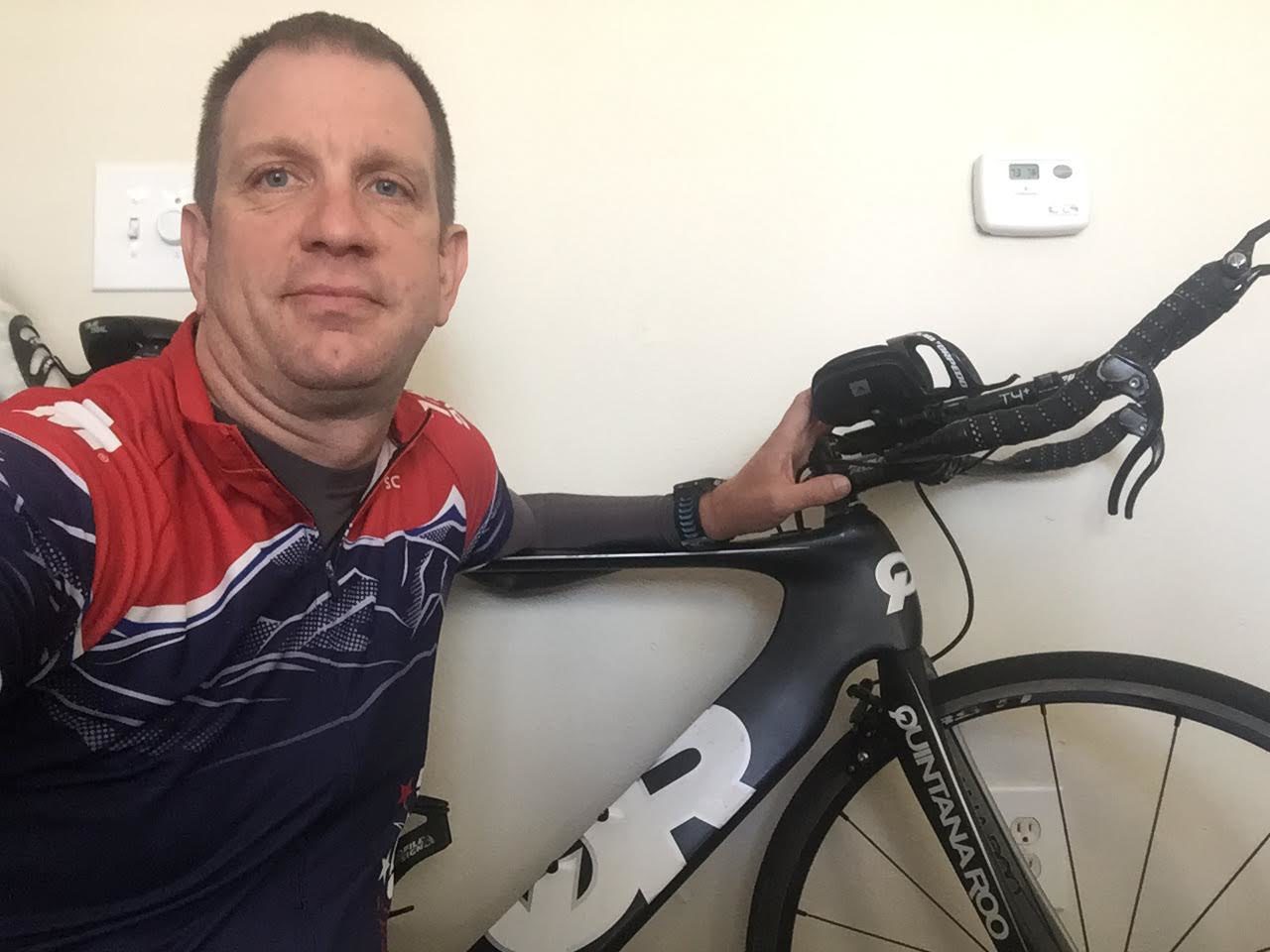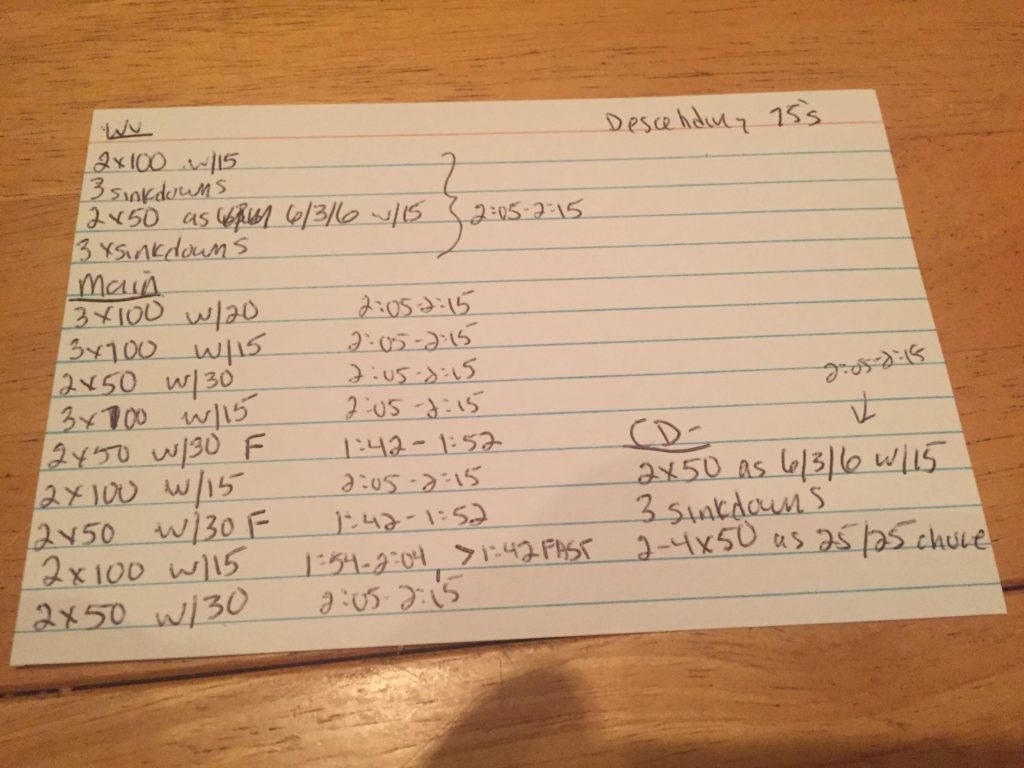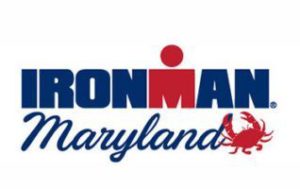
I remember many years ago, actually quite a few years ago, when I first started competing in athletic events. The first real “target” race was the Run for the Diamonds in 2005, which was a 9-mile run, up a hill, on Thanksgiving Day. One of my old bosses had challenged me to take my running to the next level and give it a shot.
Back at that time, I underestimated the fact that I was actually building a strategy for achieving a goal in that race (to finish).

It consisted of having a plan to train, re-learn how to eat properly, figuring out how to recover and fit these workouts into my schedule and then ultimately planning for the event. I even learned that I needed to add little short races before the big race, so that I can prepare and get in a better mental state (which caused me to sign up for my first 5K, can’t even remember the name of it now).
The moral of the story is, I was building individual strategies then, and I continue to build strategies now and get stronger with each year, but I break them down now and wrap them up to the larger, Ironman strategy. After completing 7 Ironman distance races, I can attest to the fact that it works, but I still don’t stop learning throughout the process.
Since the distance and commitment of Ironman is so large, it makes the strategy a little more complex, lots of moving parts. But I make it digestable for athletes by combining those moving parts into two high level “plans”. The training plan, and the support plan.
Here are those individual plans that I need to employ now that all wrap up to what I call the Ironman strategy:
- Training Plan – This is usually the most important component, and is made up of the actual workouts, the targets within the workouts and recovery so that I am physically and aerobically ready. The key to success here is learning the workouts, learning the intensities and adjusting the plan to address your fatigue. A coach can truly help you get there and maneuver the training since generally we cannot properly assess our own need for recovery. And as you can imagine, there are sub-components to getting this right:
- Pacing – I always develop my pacing plan from the training plan and from the training itself. I use TrainingPeaks to build and track workouts, so I can estimate which Zone I should be in, but once I complete my final time trial in the training plan, I can get a good sense of what my pace should be for bike and for run. This is important for further down in the process.
- Fueling – Throughout the training plan, especially early on, I take my notes from the previous season’s races and determine what changes I want to make. The reason for starting early is you can document what kind of fluids and how much as well as what kind of “food” and how much, are needed for specific workouts. I always go in with a day-one plan (based on the previous year) This is generally the most overlooked component of a training plan, or individuals tend to wait too long to determine what works for them. The data collected early on builds the longer range plan for what will work in the race, but only if you track it and focus on getting it right.
- Nutrition – We need to eat the right foods to fuel ourselves and to help our body recover. There is the fallacy that we can eat anything we want when we are training for an endurance event like Ironman, and its just not true. I went one year with eating pizza almost everyday during the most important phase of training, and I put on a ton of weight. Planning ahead of time, prepping meals, and asking for help from others when the training gets hard can save us, but we need to stay focused on good nutrition.
- Tapering – Within the training plan, the last 1-2 weeks is always my taper period, but it requires focus because its reducing the training time but not the intensity of the training. It is also a key sub-component because physical preparation now turns into mental preparation, the time I had used for training is now used for reflection and meditation. Remember that this sport is more mental than it is physical, this becomes more important as we get towards race day.

The training plan is the key way that I get to the starting line, but even the best of training plans can only be successful if we can execute, and to execute, we need support. I call the other phase of the Ironman strategy the Support Plan, and it goes as follows:
- Support Plan – We underestimate the need for these simple pieces of the puzzle, but they are very important, and cannot be overlooked.
- Equipment Plan – Triathlon, especially Ironman, requires a lot of equipment. Make a list of all your equipment and maintain it, know when you are running out of system, and take care of your equipment. Bike prep and maintenance is very important, especially before a race.
- Travel Plan – I always book my hotel or housing for the race right after I register for the race, so its taken care of. But be sure to review it 3 months ahead of it. If you have to ship your bike, make sure you have a plan for it … same with airline tickets. Book early, check the previous years schedule to know when you have to be there, and prepare for the worst. I remember on my first Ironman in Louisville, I made it to registration/check-in with 45 minutes left … imagine training for 6 months to MISS check-in. Yes, it can happen.
- Time Management Plan – Take time to schedule your workouts into your weekly schedule, so you know what you are doing when. Setup your workouts in your devices ahead of time, write out your swim workouts.. by taking an hour on a Sunday to prepare your workouts for the week, it makes it so much easier.
- Race Day Plan – I’ve had some tell me that I overdo the planning for race day, but I have a two page spreadsheet I use to lay out every moment of the last two days before the race. The second page includes a fueling summary, a pacing summary, key notes to remember during transition, when to eat breakfast, etc. I study it, and study it … but I have to make time to build it. This is the culmination of ALL the other pieces I listed here. You can say, that this is the Ironman Strategy. Everything I learned for 6+ months of training comes down to one spreadsheet, and one day.
That seems like a LONG way to grow from that first 9-mile race over 13 years ago, but you can see that by opening up my mind to the possibilities, how far i’ve come. Hopefully this is encouragement that success can be out there, if we strategize.
So if you were brought to my website, to read this story, to better understand how to prepare and strategize for completing an Ironman, I hope you see that it is quite a process. It is well worth the journey though, but I encourage you to think high level with your goal and work your way down to the detail.
You do NOT need all the answers to start the process of training for an Ironman, just know you need to invest time in getting these components done, and done right.
Start simple, learn the process, strategize .. and then execute.
You can make it to the Ironman finish line with a little planning, good luck.

One thought on “The Strategy of Ironman training”
Comments are closed.